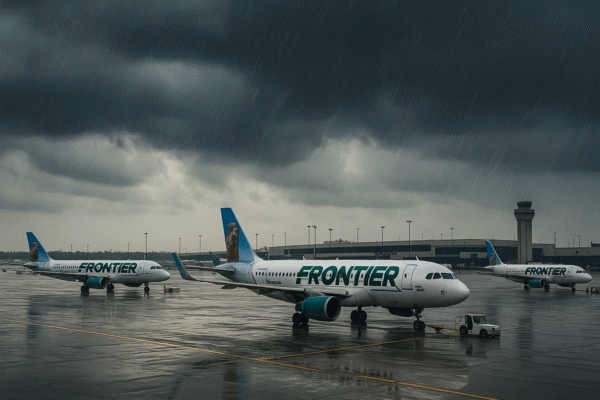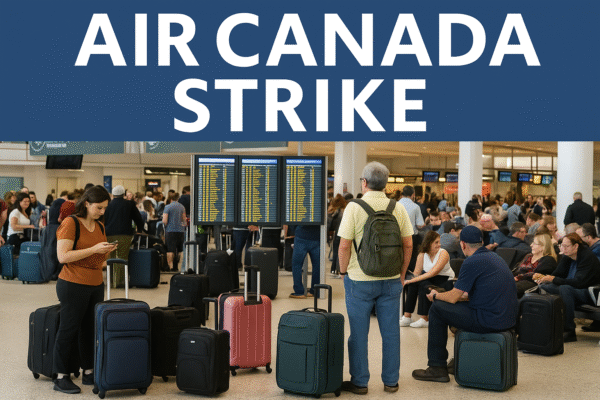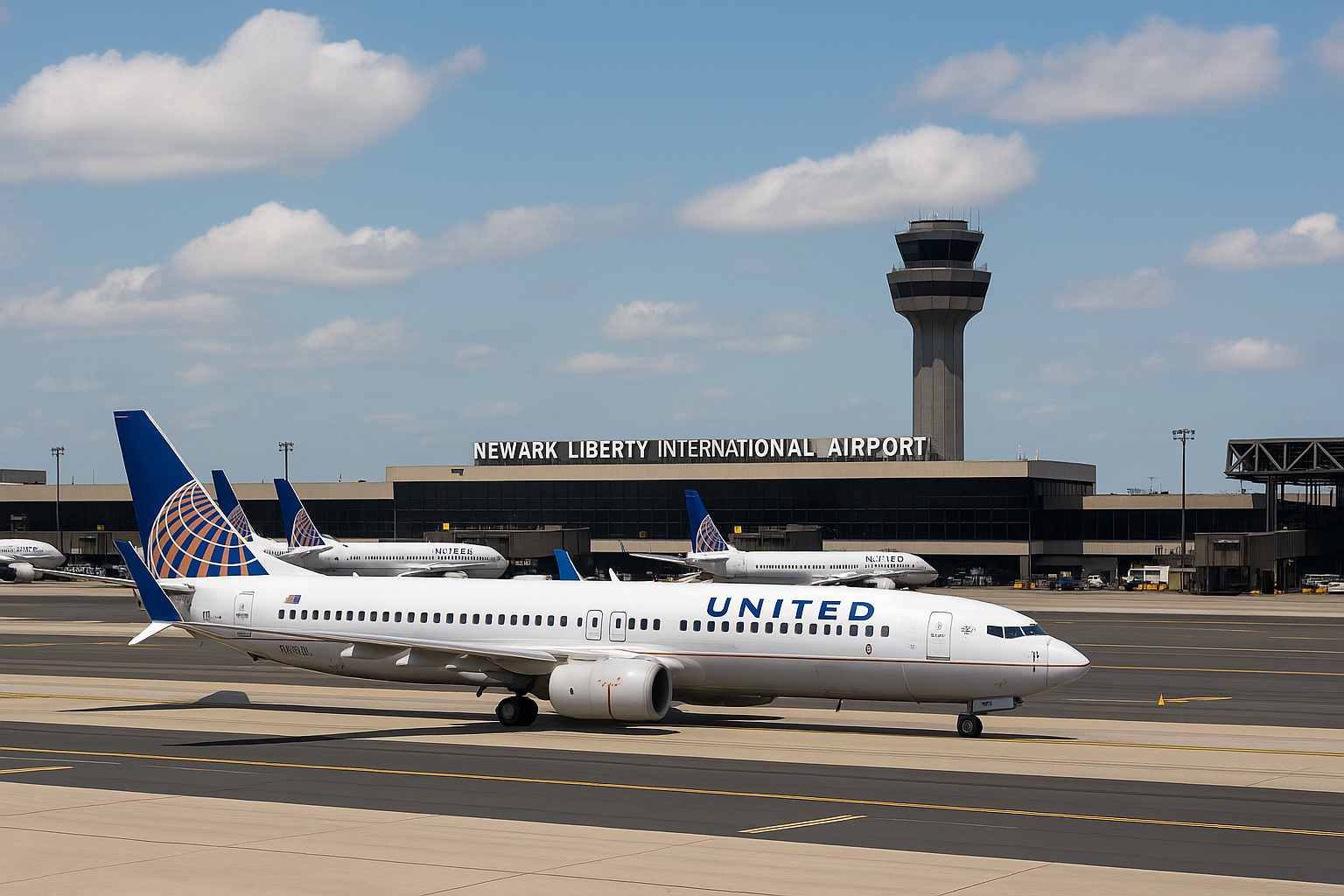Newark Liberty International Airport (EWR), a key transportation hub in the New York metropolitan area and one of the oldest airports in the United States, is undergoing significant operational and infrastructure improvements after facing months of disruptions. In collaboration with the Federal Aviation Administration (FAA) and the Port Authority of New York and New Jersey, the airport is implementing comprehensive upgrades to enhance efficiency, reduce delays, and meet the growing demand for air travel.
Located just 16 miles southwest of Manhattan, Newark Liberty serves millions of domestic and international travelers annually. As the third-busiest airport in the New York City region, behind JFK and LaGuardia, EWR plays a vital role in regional connectivity and economic activity. However, in recent months, travelers have experienced mounting delays, largely attributed to outdated infrastructure, staffing shortages, and communication issues within air traffic control.
Air Traffic Control Disruptions Prompt Swift FAA Response
One of the primary challenges affecting Newark Liberty has been interruptions in air traffic control. In May 2025, a major telecommunications failure at the Philadelphia Terminal Radar Approach Control (TRACON) facility temporarily cut communication between controllers and aircraft. This led to a ripple effect of delays across the East Coast, with Newark being one of the most severely impacted.
In response, the FAA has prioritized the upgrade of its communication systems. The installation of high-capacity fiber optic cables, improved radar functionality, and advanced backup systems are now in progress. These efforts aim to ensure uninterrupted air traffic control even during system outages, enhancing reliability across the National Airspace System. Additionally, the FAA is collaborating with local airport authorities to implement cutting-edge automation and data-sharing platforms that improve situational awareness and reduce bottlenecks.
Runway Rehabilitation Project Enhances Capacity and Safety
Infrastructure improvements are central to Newark’s modernization efforts. The $84.2 million rehabilitation of Runway 4L-22R is a major step toward optimizing airport operations. This runway, which handles a significant portion of Newark’s air traffic, is being reconstructed in phases to improve durability, surface quality, and drainage systems.
According to the Port Authority, this investment will increase aircraft throughput during peak hours and enhance safety for both commercial and cargo flights. The project also aligns with EWR’s long-term capital plan to overhaul terminals, expand taxiways, and reduce congestion on the ground.
In addition, Newark’s Terminal A, part of a $2.7 billion redevelopment project, officially opened in early 2023, offering a modernized passenger experience with upgraded security checkpoints, efficient baggage handling systems, and expanded concessions.
FAA Tackles Staffing Shortages with New Recruitment Strategies
Alongside infrastructure upgrades, staffing has become a critical area of focus. The FAA has acknowledged a shortfall in certified air traffic controllers nationwide, with Newark being particularly impacted due to its volume of flights and airspace complexity.
To address this, the FAA has launched a targeted recruitment drive, offering incentives and accelerated training programs for new hires. Partnerships with aviation colleges, streamlined certification protocols, and the use of simulation-based training are helping new controllers become operational more quickly—without compromising safety standards.
The agency is also reviewing controller workload distribution to ensure optimal staffing levels during peak periods. By providing enhanced support for current staff and bringing in new talent, the FAA aims to improve traffic flow and reduce departure and arrival delays at Newark Liberty.
Coordinated Recovery and Modernization Strategy
The road to recovery for Newark Liberty International Airport is part of a broader strategic collaboration between the FAA, Port Authority, and major airlines operating at EWR. This includes synchronized scheduling to avoid overloading peak travel windows, implementation of collaborative decision-making (CDM) platforms, and enhanced ground operations to minimize gate hold times.
The FAA is also developing a New York Metroplex airspace redesign to streamline flight paths and reduce congestion among Newark, JFK, and LaGuardia airports. The updated procedures will reduce fuel burn, cut emissions, and improve on-time performance.
Moreover, the airport’s role in the local economy—contributing over $33 billion in economic activity and supporting more than 200,000 jobs across New Jersey and New York—is further motivation for continued investment and innovation.
A Brighter Future for Newark Liberty International Airport
Despite recent setbacks, Newark Liberty International Airport is well on its way to regaining its status as a world-class transportation hub. With coordinated infrastructure upgrades, technology enhancements, and workforce expansion, the airport is positioned to offer travelers a more seamless, reliable, and efficient experience.
As global air travel rebounds and the Northeast corridor continues to grow as a vital economic region, Newark’s strategic improvements will not only benefit local passengers but also strengthen its role as a major international gateway. The combined efforts of government agencies, airport authorities, and airlines ensure that Newark Liberty is prepared to meet the demands of modern aviation well into the future.
For more travel news like this, keep reading Global Travel Wire
















